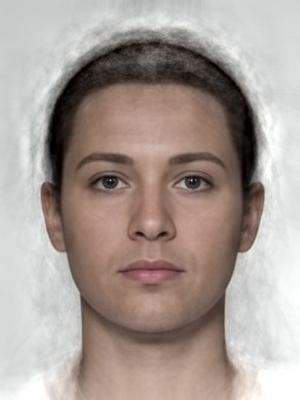 Computational fashion by Iris Van Herpen + Neri Oxman + Julia Koerner
Computational fashion by Iris Van Herpen + Neri Oxman + Julia Koerner
http://www.formakers.eu/project-763-iris-van-herpen-neri-oxman-julia-koerner-voltage
An eleven-piece collection of 3D printed wearables. These pieces were printed using the Objet Connex multi-material 3D printer, unlike most printers the Object can print a variety of material properties in a single build. This means both hard and soft materials to be incorporated within the design, allowing movement and varied texture. “The incredible possibilities afforded by these new technologies allowed us to reinterpret the tradition of couture as “tech-couture” where delicate hand-made embroidery and needlework is replaced by code.
I’ve been exploring wearables for a while. I like the challenge of making something that works closely with the human form. Unlike making a hand held product, a wearable requires a greater degree of accuracy. It must account for more subtle movements. I found it inspiring that they were able to build everything computationally in 3D modeling softwares without trying it on the model first. Multi-material prints on an Objet printer aren’t cheap and ones this size certainly aren’t quick. I typically make 1-2 mock-ups of a garment before I commit to the final material. Seeing the accuracy they were able to get using computational methods makes me want to applying this to creating my own designs.
Most of these designs are fairly loose fitting. I wonder how these materials would function as form fitting clothing. In one part of the article they mention the clothing working as an “armor-in-motion”. How could these methods be applied to making form fitting protective clothing. The multi-material techniques would allow certain areas (around the joints) to be flexible and areas prone to injury to be rigid. How could this be integrated with smart materials such as D3O.
http://faceresearch.org/demos/average
Faceresearch.org is a participatory online psychology experiment that explores the traits people find attractive in faces and voices. Visitors can participate in online experiments or play with mashing together faces for fun.
Appearance, personality, scent, voice, these are all evaluated alongside each other when you experience attraction. Attraction is a complex part of the human experience. With the increase in communication via the internet it becomes even more complex. Apps like Tindr reduce the experience down to a photo and a swipe, left or right. Thinking about this study in the context of a world with Tindr is interesting. Can you determine attraction with only appearance? I noticed that the study allowed the women in the pictures to include make-up. This seems like it would skew the data since it’s not a true representation of their appearance. It might also make the study biased because I didn’t notice any men wearing make-up.
